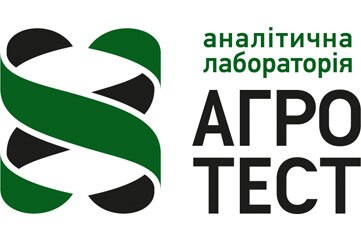Orthophosphates or polyphosphates: which is better?
There is an opinion that from the agronomic point of view, orthophosphates are better than polyphosphates.
What are polyphosphates
Polyphosphates are chain compounds formed by heating by subtracting one molecule of water from two molecules of orthophosphates. Most polyphosphates exist in the form of pyrophosphates.
This reaction proceeds according to the following scheme:
H3PO4 HPO3 + H2O
H3PO4 + HPO3 → H4P2O7
Conversion in orthophosphates
After introduction into the soil, polyphosphates react with groundwater (hydrolysis), turning back into orthophosphates (orthophosphates are a form of phosphorus available to plants).
What affects the hydrolysis reaction
The hydrolysis reaction is primarily influenced by the biological activity of the soil, which is controlled by the pH level and soil temperature.
Very acidic soils (low pH) and cold temperatures slow down hydrolysis and this conversion (into orthophosphates). At normal temperatures, most of the reaction to the available form of phosphorus occurs within two weeks after the introduction of polyphosphates into the soil.
Features of liquid and dry phosphate fertilizers
Keep in mind that the 10-34-0 liquid fertilizer already contains about 30-40% phosphorus in the form of orthophosphates (the form of phosphorus is ready for assimilation by plants). Dry phosphate fertilizers (18-46-0, 11-52-0 and 0-44-0) contain phosphorus only in the form of orthophosphates. Field studies did not reveal any difference in yield response between phosphorus application in the form of orthophosphates and polyphosphates.
What is the advantage of polyphosphates
One of the benefits of polyphosphates over orthophosphates is that it prevents the build-up of natural impurities and the binding of micronutrients. For example, the zinc cation (Zn2+) can be contained in this compound by exchanging electrons with a polyphosphate molecule:
Orthophosphates (eg 9-18-9 or 6-24-6, or any other) do not have such properties, which forces manufacturers to use EDTA chelates when applying zinc, iron, manganese and / or copper.
This article is based on information kindly provided by Ward Laboratories, Inc.
Write to us
and we will find an opportunity
for cooperation


